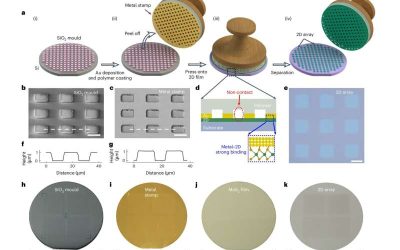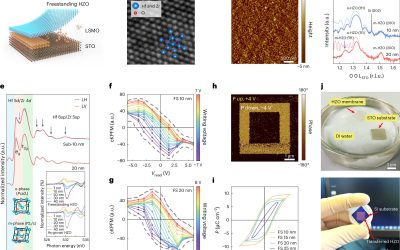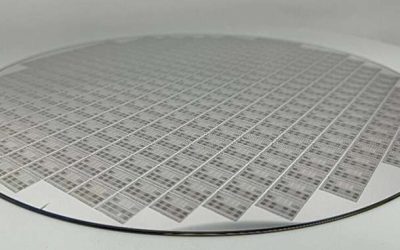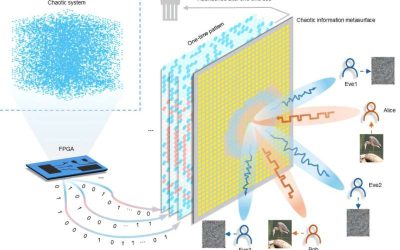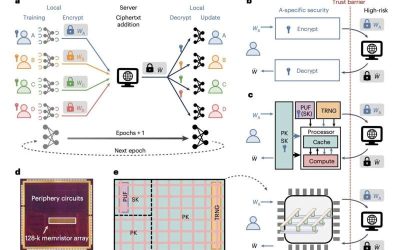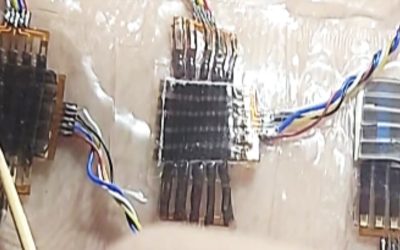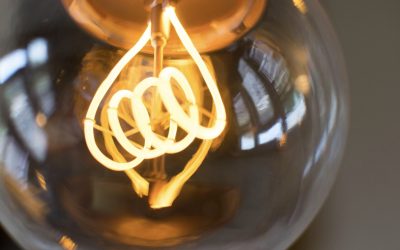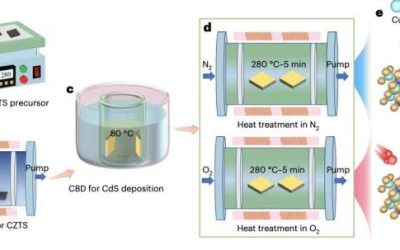Two-dimensional (2D) semiconductors, materials that can conduct electricity and are only a few atoms thick, are promising alternatives to the conventional silicon-based semiconductors currently used to fabricate many electronics. Despite their promise, these materials...
Electronics & Semiconductors
Freestanding hafnium zirconium oxide membranes can enable advanced 2D transistors
To further reduce the size of electronic devices, while also improving their performance and energy efficiency, electronics engineers have been trying to identify alternative materials that outperform silicon and other conventional semiconductors. Two-dimensional (2D)...
New memristor-based system could boost processing of radiofrequency signals
The development of more advanced technologies to process radiofrequency signals could further advance wireless communication, allowing devices connected to the internet to share information with each other faster and while consuming less energy. Currently, radio...
A chaos-modulated metasurface for physical-layer secure communications
With so many people using devices that can be connected to the internet, reliably securing wireless communications and protecting the data they are exchanging is of growing importance. While computer scientists have devised increasingly advanced security measures over...
Compute-in-memory chip shows promise for enhanced efficiency and privacy in federated learning systems
In recent decades, computer scientists have been developing increasingly advanced machine learning techniques that can learn to predict specific patterns or effectively complete tasks by analyzing large amounts of data. Yet some studies have highlighted the...
Scalable method creates self-healing, stretchable transistors and circuits
Recent technological advances have enabled the development of a wide range of increasingly sophisticated wearable and implantable devices, which can be used to monitor physiological signals or intervene with high precision in therapeutically targeted regions of the...
A new strategy to fabricate highly performing thin-film tin perovskite transistors
Tin-halide perovskites, a class of tin-based materials with a characteristic crystal structure that resembles that of the compound calcium titanate, could be promising alternatives to commonly used semiconductors. Past studies have explored the possibility of using...
Study maps three decades of white LED progress and key innovation drivers
White light-emitting diodes (LEDs), the semiconductor devices underpinning the functioning of countless lighting technologies on the market today, were first released to the public in 1996. Following their commercial debut, these devices have fueled significant...
Passivation technique reduces defects in kesterite solar cells to achieve 11.51% efficiency
Over the past few decades, solar cells have become increasingly widespread, with a growing number of individuals and businesses worldwide now relying on solar energy to power their homes or operations. Energy engineers worldwide have thus been trying to identify...
Using the skin’s electrical conductance to track sweat loss during both physical and mental activities
Over the past decades, electronics engineers have developed a wide range of wearable devices that can be used to track some physiological processes and collect health or fitness-related data. These devices rely on miniature sensors that can pick up different signals,...

